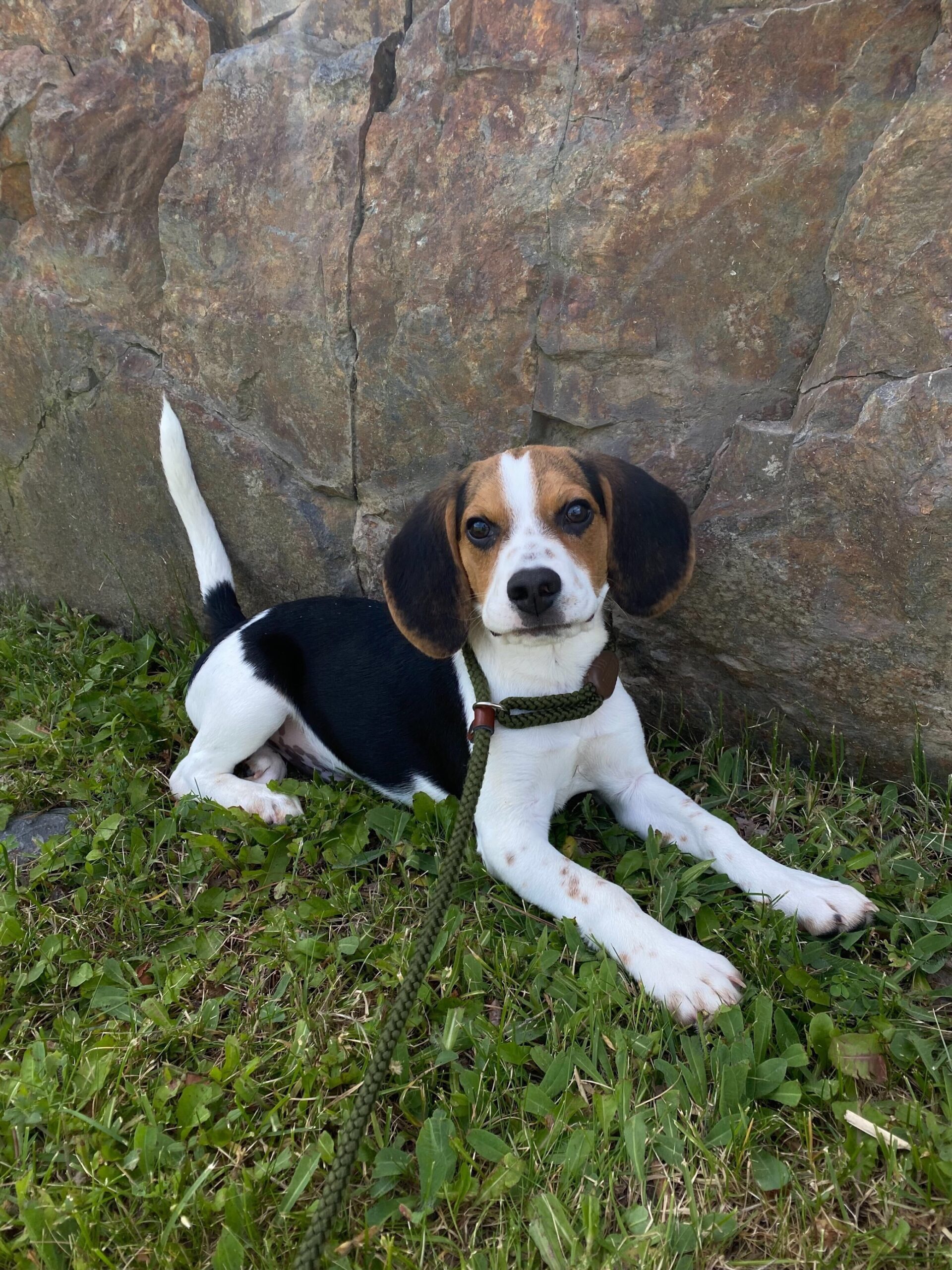Tips to deter your dog from scavenging during walks
by Ontario SPCA and Humane Society | Dog Care | June 6, 2025

Do you find that your dog scavenges for items to eat on your walks? If daily walks are interrupted by your dog picking up sticks, grass, or any other little treats from nature, that’s because scavenging is a natural behaviour that dogs express – some more than others. However, it is possible to train your dog to walk without eating. Here’s how to help deter this behaviour.
Make sure your dog is fed before walks
Ensure your dog has had a meal not long before you head out the door. You can even fulfill their scavenging need by making mealtime more interesting using slow feeders, snuffle mats, or puzzle feeders. These make it more difficult for your dog to eat their food all at once. If you don’t have any of these items, you can try scattering kibble around their feeding area as another opportunity to help satisfy their needs before going on a walk.
Choose a less tempting route
If possible, change up where you walk by choosing somewhere away from gardens and hedges to help remove any temptations of eating plants and sticks. If you can’t change your route, simply redirect your dog’s attention by tossing treats up ahead while you walk so that your dog targets those instead of anything else on the ground.
Train your dog with “leave it” and “watch me” cues
Teaching your dog cues such as “leave it” and “watch me” can be extremely beneficial if they’re prone to scavenge on your walks. It’s best to work on both training methods in your home before trying them on walks so your dog is set up for success. Remember to continue rewarding them whenever they choose a treat over scavenging outside.
Change up how you walk
Going for a walk doesn’t have to just mean grabbing a leash and walking the same way each time. You can make walks extra fun – and distract your dog from scavenging – by bringing along a toy, a ball, walking at a quicker pace, or even continuing to practice your “leave it” and “watch me” cues. Just like humans, dogs like it when you change things up, and doing these things on their walks can prevent chomping on that tempting stick or chewing on some freshly cut grass.
If you find your dog continues to eat things they shouldn’t on their walk, even after trying everything above, it may be time to talk to your veterinarian to make sure there isn’t a medical reason behind this behaviour such as an upset stomach, anemia, nutrition deficiency, or more.
If this information was helpful, please help us continue to educate about pet health and well-being by making a donation. As a registered charity that does not receive annual government funding, the Ontario SPCA and Humane Society depends on the generosity of donors to change the lives of animals in need.
Categories
Testimonial
Totally rock
All of your wonderful staff & volunteers totally rock. The amazing compassion and work you provide on a daily basis is incredible.